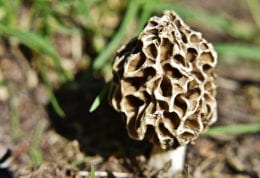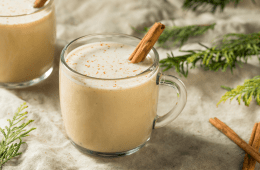
Gathering friends and family is fun, but beware of uninvited party guests. Foodborne germs can crash your buffet and make people sick with food poisoning. When cooking, preparing, or serving food for large groups, follow these steps to keep food safe.
- Keep your hands and surfaces clean. Washing your hands is one of the most important prevention methods to prevent foodborne illness.
- Separate raw meats from other foods. Prevent cross contamination by using separate or clean utensils and dishes. Keep raw meat packed in their own package and even a separate ice chest.
- A food thermometer is your friend! Use it to check doneness of meats and to keep foods out of the temperature danger zone between 40-140°F.
- Check the clock and use the 2-hour rule. Keep hot foods hot and cold foods. A food thermometer is a handy tool for this step!
- Store leftovers promptly and divide large amounts of food into smaller containers before placing on ice or in the refrigerator.
Learn more at https://www.cdc.gov/foodsafety/serving-food-safely.html.
 Did you miss out on the
Did you miss out on the 
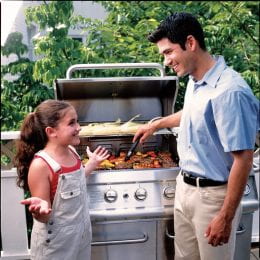
 There’s still time to sign up for the
There’s still time to sign up for the 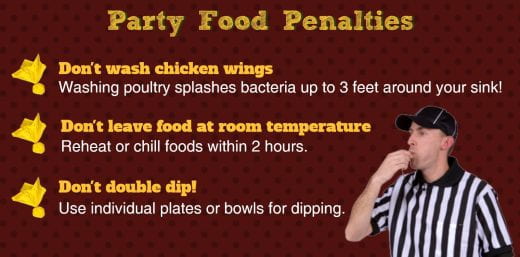
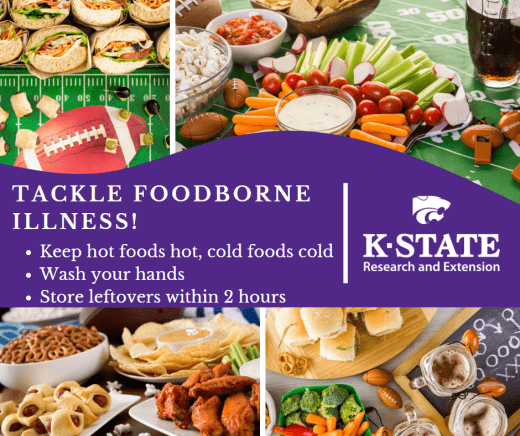
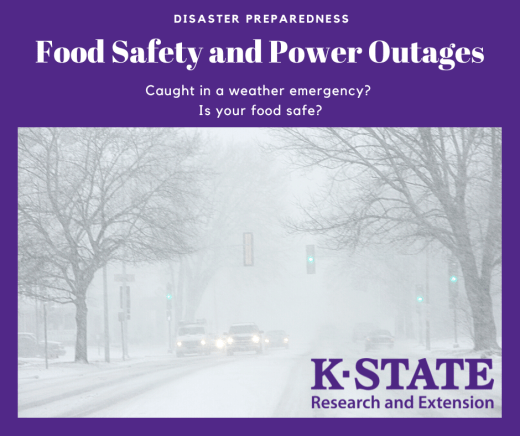 Recent cold weather has created challenges for all of us. Power outages can lead to many problems. If you have canned foods, either home canned or commercially canned, in a storage location that froze, what can you do?
Recent cold weather has created challenges for all of us. Power outages can lead to many problems. If you have canned foods, either home canned or commercially canned, in a storage location that froze, what can you do?